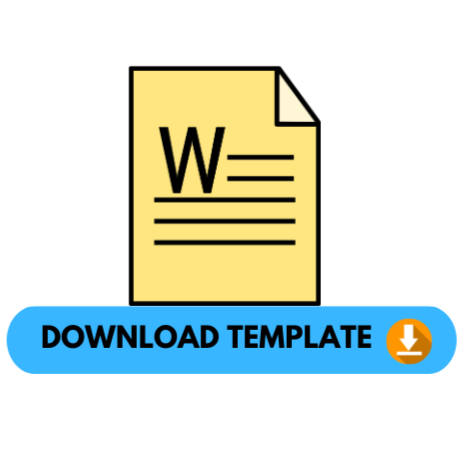Kontribusi Kemampuan Wacana dan Kemampuan Berpikir Logis terhadap Keterampilan Mengedit Siswa Kelas IX SMP Negeri 12 Padang
DOI:
https://doi.org/10.24036/jeli.v1i2.28Keywords:
language ability, critical thinking ability, editing ability, discourse abilityAbstract
The goal of this study is to explain the contribution of discourse ability, logical thinking, discourse ability, and logical thinking ability for IX grade student’s editing skill of 12 Junior High School Padang. This is quantitative study with descriptive method and correlational design using. The population of this study are the 228 students of IX grade students at SMP Negeri 12 Padang. Samples comprises of 70 students were obtained using Cluster random sampling. The data is analyzed by using Pearson Product Moment (PPM) corelation test, multiple correlation tes, t test, F test, determinant coefficient formula to know how much independent variables contribute to dependent variables either alone or collectively. The result of this study is as follows. (1) Discourse ability gives significant 64% for editing skills because tcount > ttable or 11 > 1,671. (2) Logical thinking ability gives significant contribution 68,89% for editing skills because tcount > ttable or 12,21 > 1,671. (3) Discourse ability and logical thinking give significant contribution 70,56% for editing skill because F count > F table or 153,391 > 3,14. So, it could be concluded that discourse ability and logical thinking, either alone or collectively give significant contribution for editing skill of IX grade students of 12 Junior High School Padang.
References
Eneste, P. (2005). Buku Pintar Penyuntingan Naskah. Jakarta: PT Gramedia Pustaka Utama.
Gunawan (2016). Meningkatkan Kemampuan Menyunting Karangan dengan Menggunakan Teknik Latihan pada Siswa Kelas VIII.C SMPN 1 Kuala Tahun Angkatan 2014/2015. Jurnal Tabularasa PPS UNIMED. Vol. 13, No. 3, pp. 203-209.
In’am, A. (2016). Logical Thinking Analysis through Euclidean.Global Journal of Pure and Applied Mathematics. Vol. 12, No. 1, pp. 1069-1075.
Ji, Y. (2015). Discourse Analysis and Development of English Listening for Non-English Majors in China. English Language Teaching. Vol. 8, No.2, pp. 134-142.
Keraf, G. (1994). Komposisi: Sebuah Pengantar Kemahiran Bahasa. Flores: Nusa Indah.
Malik, A. (2011). Meningkatkan Kemampuan Berpikir Logis dan Sikap Positif Siswa terhadap Matematika melalui Realistic Mathematics Education (RME) pada Materi Aritmatika Sosial Siswa Kelas VII MTs Surya Buana Malang. Jurnal Pendidikan dan Pengembangan Profesi. Vol. 1, No. 1, pp. 76-84.
Mandia, I. N. (2015). Analisis Wacana Karya Tulis Praskripsi Mahasiswa Jurusan Akuntansi Politeknik Negeri Bali. Jurnal Sosial dan Humaniora. Vol. 5, No. 3, pp. 205-216.
Purwoko, H. (2008). Discourse Analysis: Kajian Wacana bagi Semua Orang. Jakarta: Indeks.
Semi, M.A. (2003). Menulis Efektif. Padang: Angkasa Raya.
Slamet, S. Y. (2008). Dasar-dasar Keterampilan Berbahasa Indonesia, Surakarta: UNS Press.
Soter, A. O. et al. (2008). What the discourse tells us: Talk and indicators of high- level comprehension. International Journal of Educational Research. 47, pp. 372-391.
Tarigan, H. G. (2009). Pengajaran Wacana. Bandung: Angkasa.
Thahar, H. E. (2008). Menulis Kreatif: Panduan bagi Pemula. Padang: UNP Press.
Widiatmoko, W. (2015). Analisis Kohesi dan Koherensi Wacana Berita Rubrik Nasional di Majalah Online Detik. Jurnal Sastra Indonesia. Vol. 4, No. 1, pp. 1-12.
Downloads
Published
Issue
Section
License
Copyright (c) 2023 Asvidyanti Asvidyanti, Atmazaki Atmazaki, Ngusman Abdul Manaf

This work is licensed under a Creative Commons Attribution-NonCommercial 4.0 International License.




